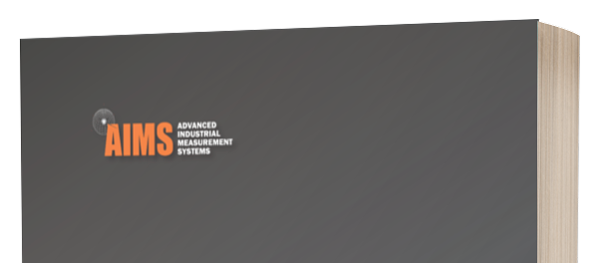Commercial air travel is expected to make a slow recovery according to a recent Deloitte Aerospace and Defense Industry Outlook report which stated passenger traffic dropped 73 percent in 2020 while capacity levels declined 63 percent. In fact, despite an effective COVID-19 vaccine, passenger traffic isn’t expected to rebound before 2024. As a result, commercial aircraft order backlogs are down as well as rotorcrafts. New orders will likely lag, but according to Deloitte, the changing climate could boost higher demand for narrow-body aircraft.
Unlike the commercial aviation sector, the space race continues to heat up. In December 2020, the Falcon 9 delivered its first uncrewed cargo Dragon spacecraft to the International Space Station (ISS) for NASA and SpaceX’s 21st commercial Resupply Services (CRS-21) mission. It delivered supplies, equipment and materials to support more than 250 science and research investigations, according to NASA. Inspiration4 is slated to take the world’s first four civilian astronauts to a low earth orbit aboard SpaceX this year. Space Adventures, Yusaka Maezawa, Blue Origin, Blue Moon, Virgin Galactic and SpaceShipTwo are trailing close behind.
That means job shops will be asked to do more than just fabricate parts. They will be required to build a platform that supports low-volume production of high-quality parts. Quality materials, the proper certifications, a well-defined workflow and an experienced engineering team will be mission essential. They will also need the right coordinate measuring machine (CMM) like a 5-axis multisensory Summit 10.10.10. First Article Inspection (FAI) verifies documents and confirms that a part meets specifications and is required for quality-intensive products like aerospace and medical device components. It remains a key component of AS9100, the quality standard that covers aviation, space and defense.
In addition, customer demand for higher value means supply chain partners must expand their service offerings. The need to shorten overall manufacturing processes for parts and time to market dictates the need for a digital connection between the development and management of a product’s entire lifecycle. Metrology software and measurement devices have evolved and adapted to the point where 100 percent inspection and the ability to tap into a digital network is the norm.
On the automotive front, the electric vehicle market is continuing to shake things up. Since December 2020, the EV industry has captured a YTD gain of 62 percent. Bloomberg projects EV sales to reach 28 percent over the next 9 years, while Deloitte projects sales to reach 32 percent by 2029. Tesla Inc. remains the key driver. Tesla recently stated in a shareholder letter that its Fremont, California factory can produce 500,000 Model 3 + Y units and another 90,000 Model S + X units per year. GM is also getting on the bandwagon with electric pickup trucks. Honda of America Mfg. will invest another $200 million in an expansion of its Anna Engine Plant in Shelby County, Ohio. The expansion will add 120 jobs.
Whether we are talking about the space race or carmakers’ focus on EV, the myriad parts and assemblies needed to support these markets will make inspection and measurement on a digital, connected level more important than ever. Our versatile lineup—from our 5-axis, multisensory Summit 10.10.10 and 5-axis air bearing LM to our 5-axis mobile HB—is ready to help you plug in.


